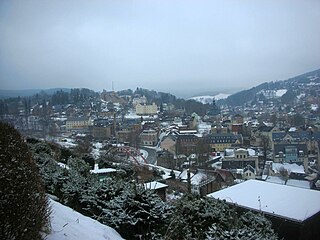
Gustav Mahler was an Austro-Bohemian late-Romantic composer, and one of the leading conductors of his generation. As a composer he acted as a bridge between the 19th century Austro-German tradition and the modernism of the early 20th century. While in his lifetime his status as a conductor was established beyond question, his own music gained wide popularity only after periods of relative neglect which included a ban on its performance in much of Europe during the Nazi era. After 1945 his compositions were rediscovered by a new generation of listeners; Mahler then became one of the most frequently performed and recorded of all composers, a position he has sustained into the 21st century. In 2016, a BBC Music Magazine survey of 151 conductors ranked three of his symphonies in the top ten symphonies of all time.

Bruno Walter was a German-born conductor, pianist and composer. Born in Berlin, he left Germany in 1933 to escape the Third Reich, was naturalized as a French citizen in 1938, and settled in the United States in 1939. He worked closely with Gustav Mahler, whose music he helped to establish in the repertory, held major positions with the Leipzig Gewandhaus Orchestra, New York Philharmonic, Concertgebouw Orchestra, Salzburg Festival, Vienna State Opera, Bavarian State Opera, Staatsoper Unter den Linden and Deutsche Oper Berlin, among others, made recordings of historical and artistic significance, and is widely considered to be one of the great conductors of the 20th century.
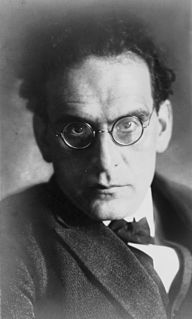
Otto Nossan Klemperer was a Jewish German-born conductor and composer, described as "the last of the few really great conductors of his generation."
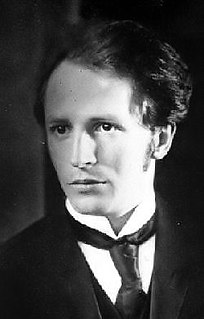
Carl Adolph Schuricht was a German conductor.

Symphony No. 5 by Gustav Mahler was composed in 1901 and 1902, mostly during the summer months at Mahler's holiday cottage at Maiernigg. Among its most distinctive features are the trumpet solo that opens the work with a rhythmic motive similar to the opening of Ludwig van Beethoven's Symphony No. 5, the horn solos in the third movement and the frequently performed Adagietto.
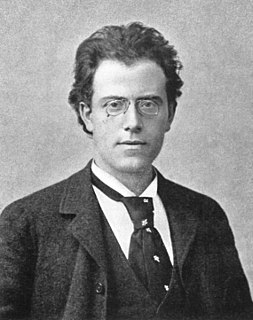
Symphony No. 4 in G major by Gustav Mahler was written in 1899 and 1900, though it incorporates a song originally written in 1892. The song, "Das himmlische Leben", presents a child's vision of Heaven. It is sung by a soprano in the work's fourth and final movement. Although typically described as being in the key of G major, the symphony employs a progressive tonal scheme.

Symphony No. 7 by Gustav Mahler was written in 1904–05, with repeated revisions to the scoring. It is sometimes referred to by the title Song of the Night, which Mahler never knew. Although the symphony is often described as being in the key of E minor, its tonal scheme is more complicated. The symphony's first movement moves from B minor (introduction) to E minor, and the work ends with a rondo finale in C major. Thus, as Dika Newlin has pointed out, "in this symphony Mahler returns to the ideal of 'progressive tonality' which he had abandoned in the Sixth". The complexity of the work's tonal scheme was analysed in terms of "interlocking structures" by Graham George.

Symphony No. 6 in A minor by Gustav Mahler is a symphony in four movements, composed in 1903 and 1904. Mahler conducted the work's first performance at the Saalbau concert hall in Essen on May 27, 1906. It is sometimes referred to by the nickname Tragische ("Tragic"). Mahler composed the symphony at what was apparently an exceptionally happy time in his life, as he had married Alma Schindler in 1902, and during the course of the work's composition his second daughter was born. This contrasts with the tragic, even nihilistic, ending of No. 6. Both Alban Berg and Anton Webern praised the work when they first heard it. Berg expressed his opinion of the stature of this symphony in a 1908 letter to Webern:
"Es gibt doch nur eine VI. trotz der Pastorale."

Symphony No. 9 by Gustav Mahler was written between 1908 and 1909, and was the last symphony that he completed. It is actually his tenth symphonic work, as Mahler gave no ordinal number to his symphonic song-cycle Das Lied von der Erde. A typical performance takes about 75 to 90 minutes.

Michael Tilson Thomas is an American conductor, pianist and composer. He is currently music director of the San Francisco Symphony, and artistic director of the New World Symphony, an American orchestral academy based in Miami Beach, Florida.

Das Lied von der Erde is a composition for two voices and orchestra written by the Austrian composer Gustav Mahler between 1908 and 1909. Described as a symphony when published, it comprises six songs for two singers who alternate movements.

Kindertotenlieder is a song cycle (1904) for voice and orchestra by Gustav Mahler. The words of the songs are poems by Friedrich Rückert.
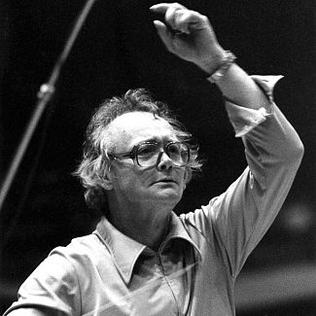
Klaus Tennstedt was a German conductor from Merseburg. He worked with the Swedish Radio Symphony Orchestra, the NDR Symphony Orchestra, world-top ensembles such as the Berlin Philharmonic Orchestra, and most notably the London Philharmonic Orchestra, with which he was closely associated and recorded many of his celebrated recordings under the EMI label, including a cycle of Mahler’s 10 Symphonies. Known for his interpretation of the Austro-German repertoire, especially his sympathetic approaches towards Mahler, Tennstedt is widely considered an established conductor, one of the most influential and the greatest of the late 20th century.

Rudolf Schwarz was an Austrian-born conductor of Jewish ancestry. He became a British citizen and spent the latter half of his life in England.
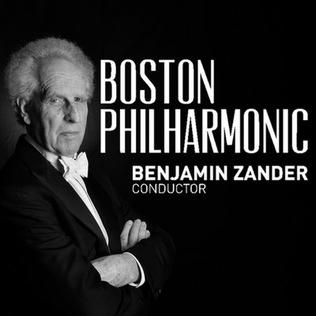
The Boston Philharmonic Orchestra is a semi-professional orchestra based in Boston, Massachusetts. It was founded in 1979 by conductor Benjamin Zander.
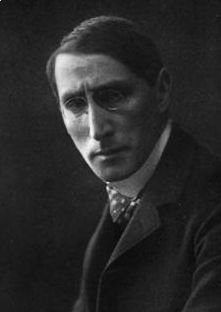
Oskar Fried was a German conductor and composer, and was known as a great admirer of Gustav Mahler, whose works he performed a great many times throughout his life. Fried was also the first conductor to record a Mahler symphony. Fried also held the distinction of being the first foreign conductor to perform in Russia after the Bolshevik Revolution (1922). He eventually left his homeland in 1933 to work in the Soviet Union after the political rise of Adolf Hitler's Nazi Party, and became a Soviet citizen in 1940. In 1899 Fried married the amateur poetess Augusta (Gusti) Rathgeber (1872-1926) and had two daughters with her, Monika and Emerentia. Gusti Rathgeber had from 1892 been married to German poet Otto Julius Bierbaum but left him, when she and Fried met and fell in love with each other.
Dale Clevenger was the Principal Horn of the Chicago Symphony Orchestra from 1966 until his retirement in June, 2013. Before joining the CSO, he was a member of Leopold Stokowski's American Symphony Orchestra and the Symphony of the Air directed by Alfred Wallenstein. He was also principal horn of the Kansas City Philharmonic. He currently teaches at the Jacobs School of Music in Indiana University.

